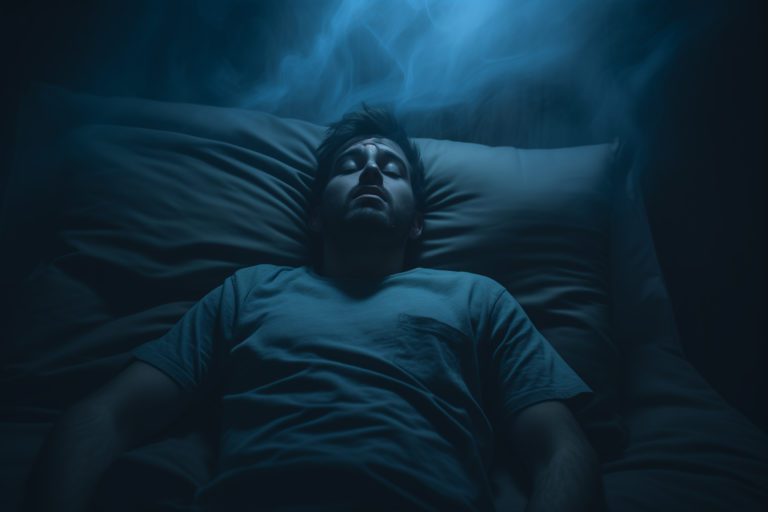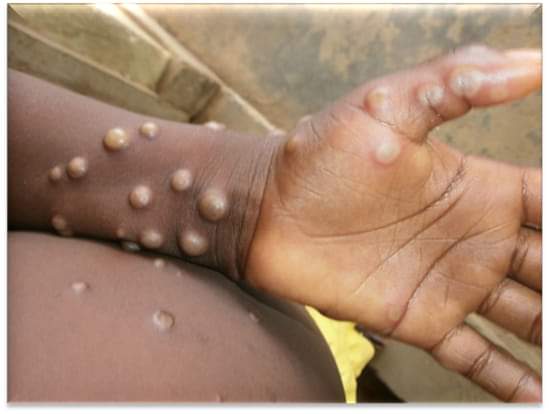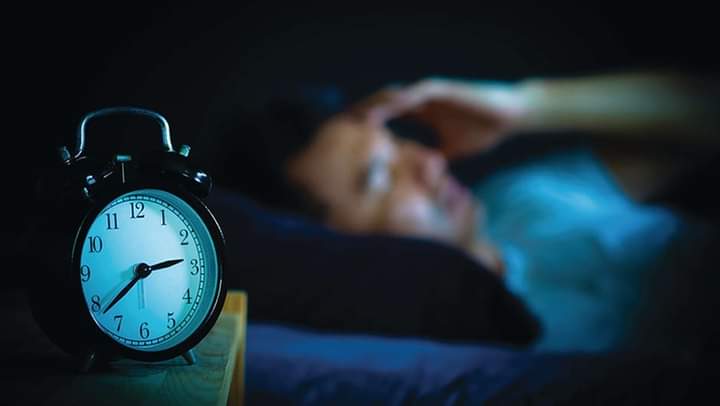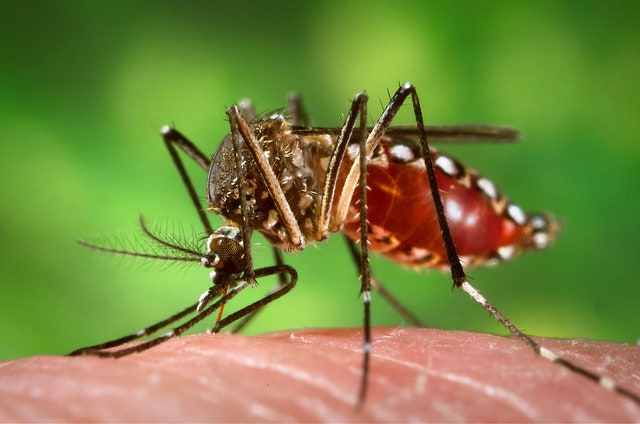SLEEP PARALYSIS: What You Should Know

Did you know that sleep paralysis occurs when your brain wakes up before your body does, leaving you conscious but stuck in this paralyzed state?
Sleep paralysis is a state, during waking up or falling asleep, in which a person is conscious but in a complete state of full-body paralysis. Episodes generally last no more than a few minutes, and it can recur multiple times or occur as a single episode. By understanding sleep paralysis through scientific explanations rather than superstition, you can make positive changes to your sleep health. Here are some facts to know about the phenomenon.
1️⃣ The original definition of sleep paralysis was codified by Samuel Johnson in his 'A Dictionary of the English Language' as nightmare, a term that evolved into the modern definition. The term was first used and dubbed by British neurologist, S.A.K. Wilson in his 1928 dissertation, The Narcolepsies.
2️⃣ Sleep paralysis happens when you are between falling asleep and waking up. When you're in a deep sleep, particularly during REM (Rapid Eye Movement) sleep, your body is naturally paralyzed to prevent you from acting out your dreams. Without this paralysis some people might fly, literally while sleeping.
3️⃣ Sleep paralysis has been described throughout history and is believed to have played a role in the creation of stories about alien abduction and other paranormal events. Also, sleep paralysis was widely considered the work of demons, and more specifically incubi, which were thought to sit on the chests of sleepers.
4️⃣ Sleep paralysis may include hallucinations, such as an intruding presence or dark figure in the room. These are commonly known as sleep paralysis demons. It may also include suffocating or the individual feeling a sense of terror, accompanied by a feeling of pressure on one's chest and difficulty breathing.
5️⃣ Several circumstances have been identified that are associated with an increased risk of sleep paralysis. These include insomnia, sleep deprivation, an erratic sleep schedule, stress, and physical fatigue. It is also believed that there may be a genetic component in the development of RISP, because there is a high concurrent incidence of sleep paralysis in monozygotic twins.
6️⃣ Sleeping in the supine position has been found an especially prominent instigator of sleep paralysis. The supine position means lying horizontally with the face and torso facing up, as opposed to the prone position, which is face down.
7️⃣ Between 8% and 50% of people experience sleep paralysis at some point during their lives. About 5% of people have regular episodes. Males and females are affected equally.
8️⃣ Although the core features of sleep paralysis (e.g., atonia, a clear sensorium, and frequent hallucinations) appear to be universal, the ways in which they are experienced vary according to time, place, and culture. Over 100 terms have been identified for these experiences.
9️⃣ Sleep paralysis is not life threatening, but it can cause anxiety. It can happen alongside other sleep disorders, such as narcolepsy. It often starts during adolescence, and it can become frequent during the 20s and 30s.
🔟 You can reduce your chances of having sleep paralysis by aiming for 7-9 hours of sleep each night and try to stick to a regular sleep schedule. Practice relaxation techniques like deep breathing, meditation, or yoga to reduce stress before bed. Try to sleep on your side, as sleeping on your back can make sleep paralysis more likely. Go to bed and wake up at the same time every day to keep your sleep cycle consistent.
SOURCES: Wikipedia | Medical News Today | Image Credit: Pillow
#penglobalhealth #sleepparalysis



